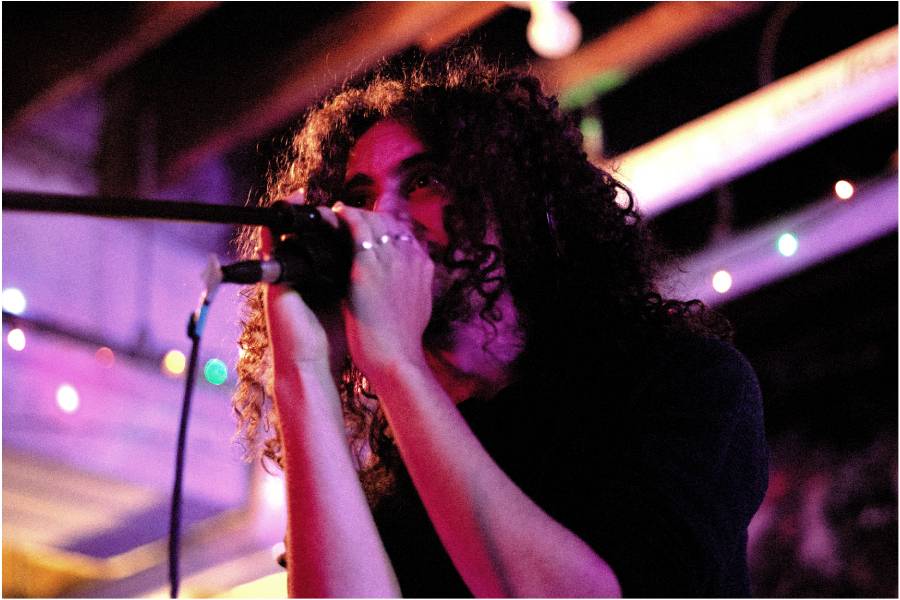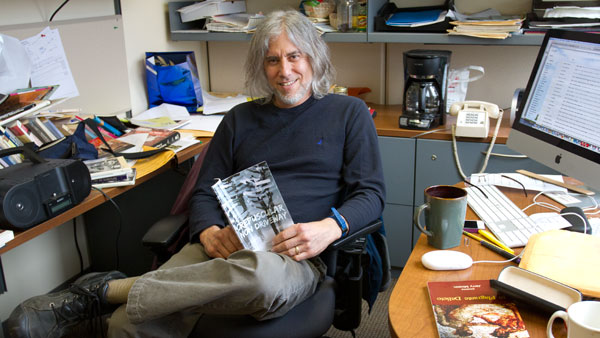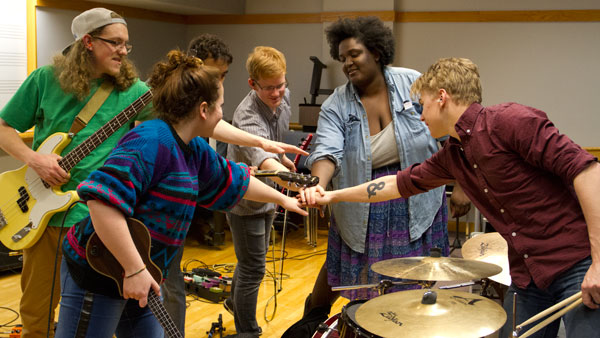At first, director Joe Wright’s “Anna Karenina” dazzles the eye with its glamorous costumes, fast-paced fluidity and an intricate interweaving of film and theatricality. But the tale of immorality is, at times, bewildering and difficult to watch.
Keira Knightley represents the protagonist of the film adaptation of Russian novelist Leo Tolstoy’s “Anna Karenina.” She gives a dramatic performance as an aristocratic woman that falls into social ruin when she has an affair with Count Vronsky (Aaron Taylor-Johnson). Knightley commits to her role and performs impressively, but as Karenina falls in love with Vronsky, her increasing self-absorption and irrationality makes it difficult not only to like her character but to even enjoy the movie.
The film’s best performance must be awarded to Jude Law, who plays Karenin, Karenina’s husband, as he appears both cold and heartbreakingly fragile. There is a resistance to appreciate the film, because Karenina’s betrayal to her husband is painful to watch and undeserved.
The tremendous love shared between Karenina and Vronsky is not communicated persuasively. Though there are plenty of passionate scenes, their single-minded selfishness has a stronger impact. Their inevitable mutual doom doesn’t appear romantically tragic, but bleak and hard to stomach.
Though at times it was difficult to watch the wretched characters become so dismantled, the visual aspect of the movie was always captivating. Wright’s movie seemed to have a natural choreography from start to finish.
The dancing had a lovely effect, particularly in one scene in which Karenina and Vronsky share a waltz. Smooth and fast camera movements emphasize their fluidity when they move gracefully in a pattern of seamless motion. The characters around them are frozen in place like silk-swathed mannequins. As Karenina and Vronsky dance, those they pass begin to move with the same fluent energy as though reanimated. It’s a breathtaking scene that demonstrates Wright’s striking creativity as a director.
However, in other moments, the same stylized choreography feels somewhat forced. In one scene, office workers are shown stamping documents in an overemphasized rhythmic unison. Though this adeptly portrays the staged element of Russian society of the late 19th century, it’s conducted in an overly cartoonish manner.
The problem with this fast-paced tempo is the accompanying confusion and uncertainty. The movie takes place, for the most part, on an actual stage with lights and ropes, and at times, characters would move from one scene to another by exiting backstage, passing the theatrical elements of sandbags and riggings and entering a different setting.
It was never clear how much time had passed between the swift scene changes, such as from train station to the Russian countryside. The same bafflement would arise in the odd intermingling of reality and fantasy. For those who have not read the book, a challenge is presented in understanding what is really happening or what is contrived in the fantasies of Karenina. The book gives the advantage of understanding the characters’ motives, their thoughts and perceptions, and knowing how much time has passed between abrupt scene transitions.
The overall issue with the movie is a common problem with most film adaptations of literary works: It’s difficult to compact a 600-page novel into the limiting two-hour time frame. Though the film is well acted and visually arresting, it would be better to simply experience “Anna Karenina” by reading the novel instead.
Overall rating: Three stars
“Anna Karenina” comes to life with effortless dance scenes and powerful acting.




